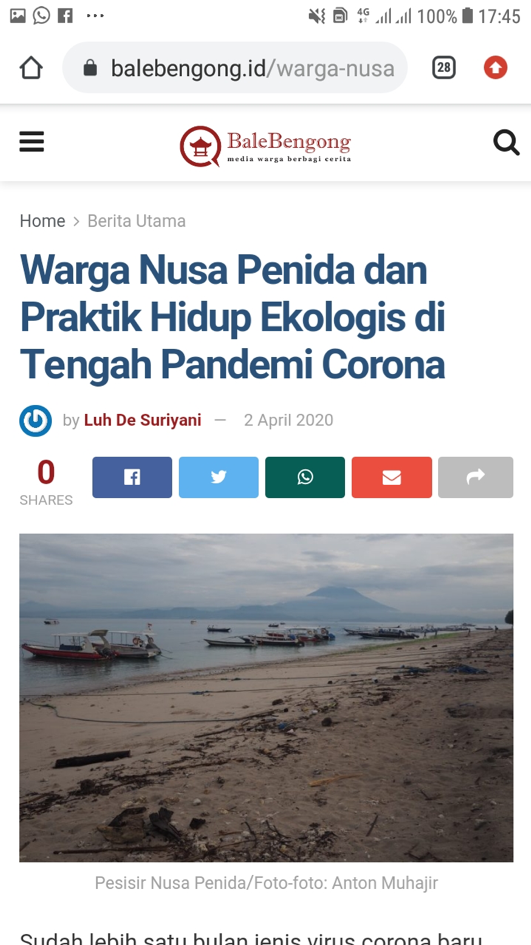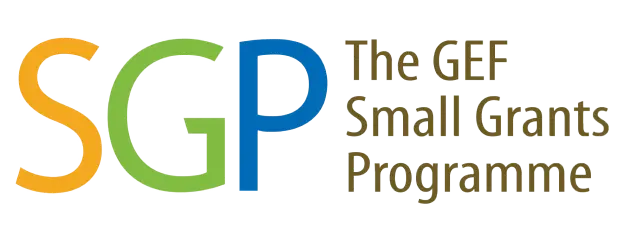Kalimajari Taksu Tridatu
INS/SGP/OP6/Y2/STAR/BD/19/054
Objective 1
Program Socialization

Photo 1
Photo 2
Photo 3
Socialization and Recruitment Activities for potential members (17 – 22 May 2019) in Pulagan Hamlet as many as 11 people (Photo 1), Jurangaya Hamlet as many as 5 people (Photo 2) and Banjar Anyar as many as 5 people (Photo 3).
Objective 2
Assessment Activities
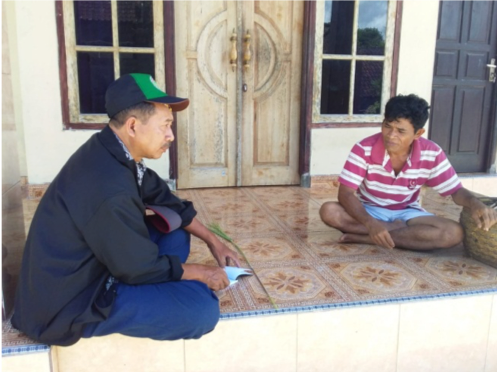
Photo 4
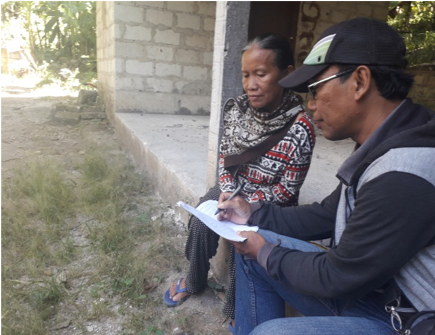
Photo 5
The results of activity coordination include determining a schedule for assessment activities and member recruitment. The overall assessment was carried out on 30 farmers. The assessment activity was also attended by the wives of each farmer. This is because the wife also has a role in the sustainability of program development. Based on the assessment activities, 20 people were recruited as pilot project activities from Upper Kutampi Village and Sakti Village (May 2019).
Objective 3
Determination of animal feed demonstration plots in each village
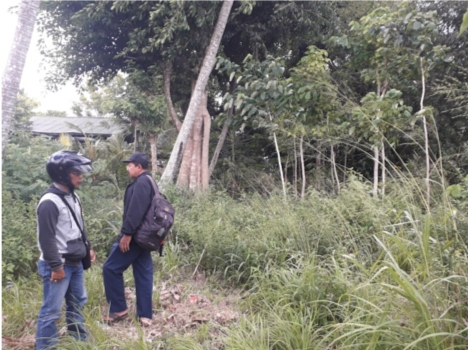
Photo 6
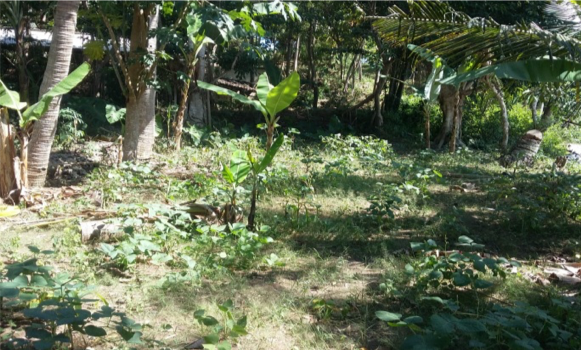
Photo 7
Demonstration plots are planned in two locations, namely in Banjar Pulagan (Photo 6) and in Banjar Jurangaya, Kutampi Village (Photo 7). The demonstration plot areas are 5 acres each (May 2019).
Objective 4
Introduction to types of food plants to be planted in the Demonstration Plot
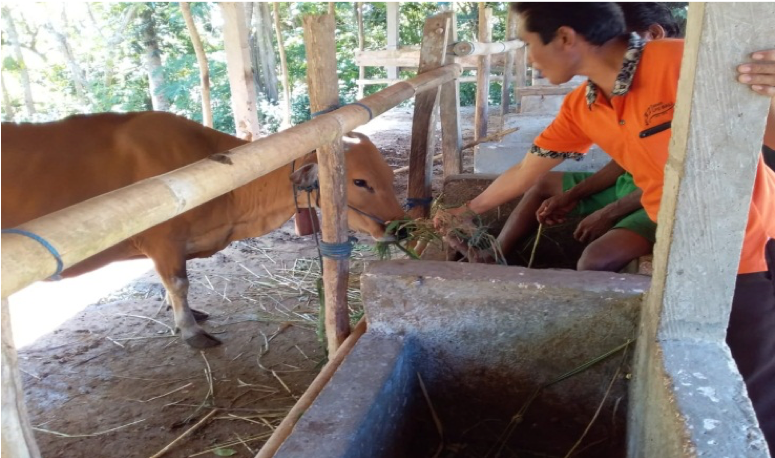
Photo 8
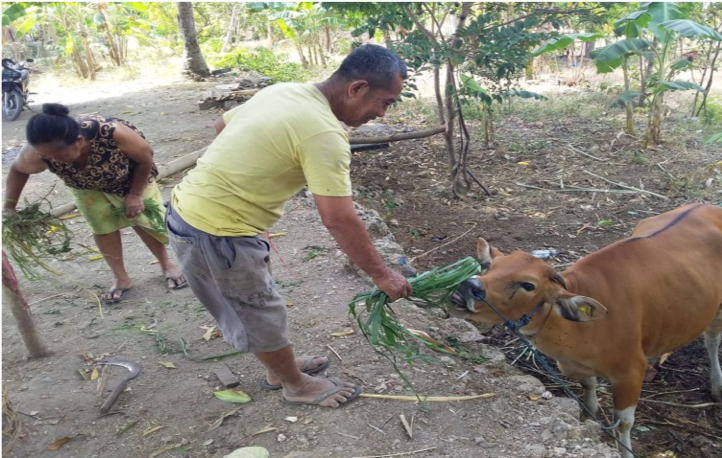
Photo 9
Photo 8 and Photo 9. The results of trials of new plants on livestock show that these plants can be consumed by cows. The activity was attended by 10 male participants and 5 female participants (June 2019).
Objective 5
Training on how to harvest animal feed, storage, feeding and cleaning cages.
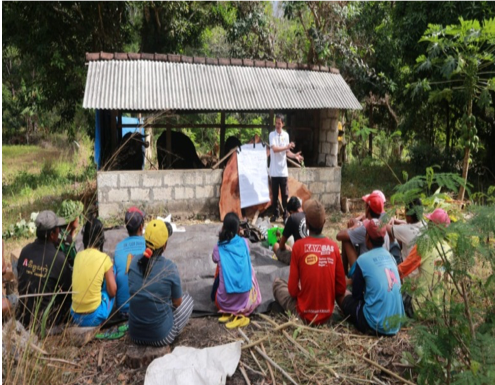
Photo 10 (Providing Materials)
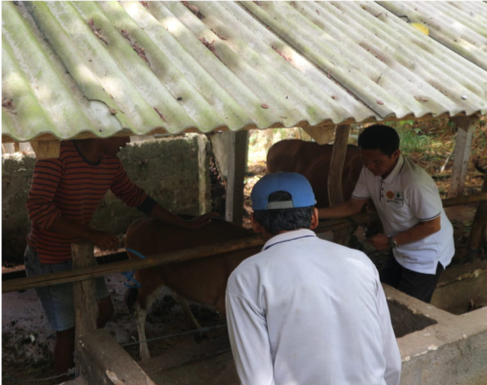
Photo 12. Animal Health
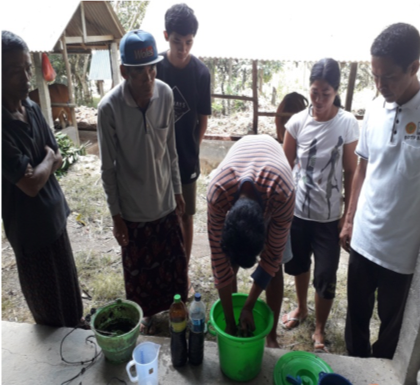
Photo 11. Making herbal medicine
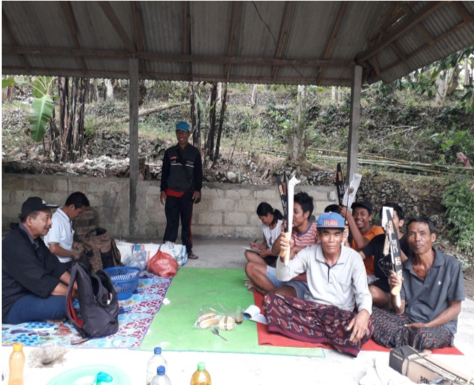
Photo 13. Distribution of tools
In this activity, experts from the Agricultural Technology Assessment Center (BPTP), namely Drh. I Wayan Sudarma. The activity begins with an introduction to diseases in cattle and the administration of traditional medicine (medicinal concoctions based on natural ingredients found in the community) and medical medicine. Then it was explained about the maintenance and health checks of cows (characteristics of healthy cows and sick cows) as well as training in making cow herbal concoctions to increase cows' appetite. After that, they were trained on how to measure and develop the growth of cows, as well as knowing techniques for recognizing cows in heat and cows that are pregnant. After training on the health and maintenance of cattle, we continue with the composition of good animal feed and techniques for preparing animal feed for dry animal feed. In this activity, equipment was distributed for preparing dry animal feed. The activity was attended by 29 male participants and 10 female participants (June 2019).
Objective 6
Making Demonstration Plots
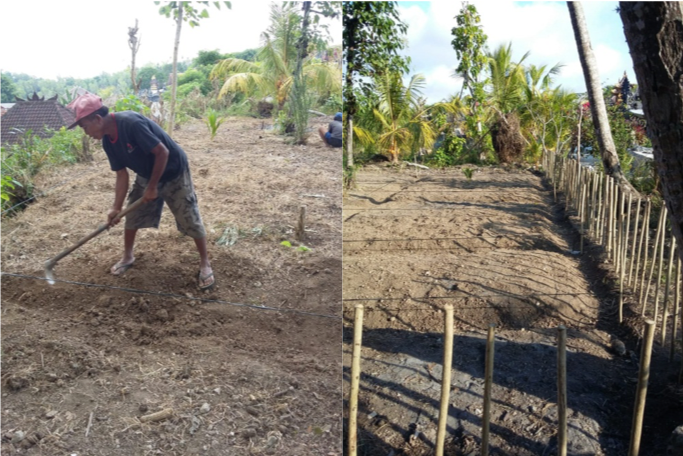
Photo 14. Pulagan demonstration plot
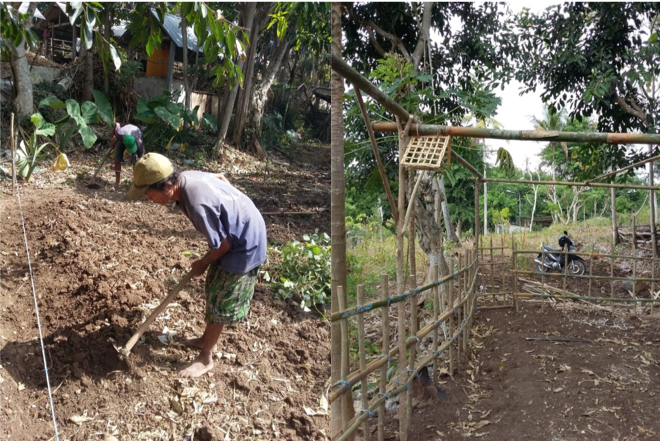
Photo 15. Jurangaya demonstration plot
Demonstration plots have been created and fenced, and the land has been loosened. This activity involved inmates in the work on making demonstration plots (June 2019).
Objective 7
Preparation of Dry Feed Ingredients

Photo 16
Preparation of dry animal feed is carried out for training activities in making dry feed. Each assisted farmer prepares 10 sacks (June 2019).
Objective 8
Training in making dry and wet animal feed based on local raw materials, as well as mentoring
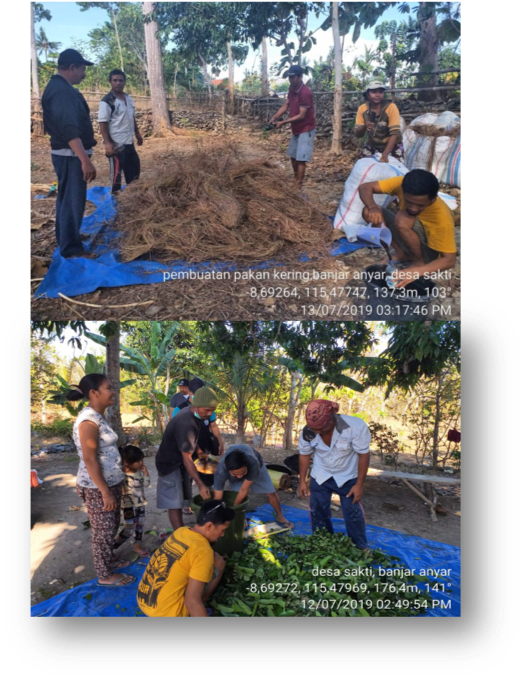
Photo 17.
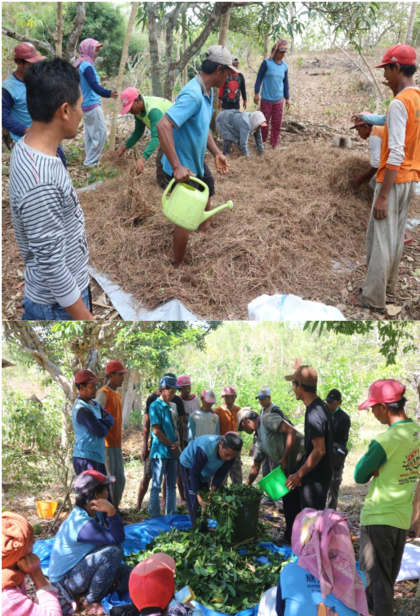
Photo 18.
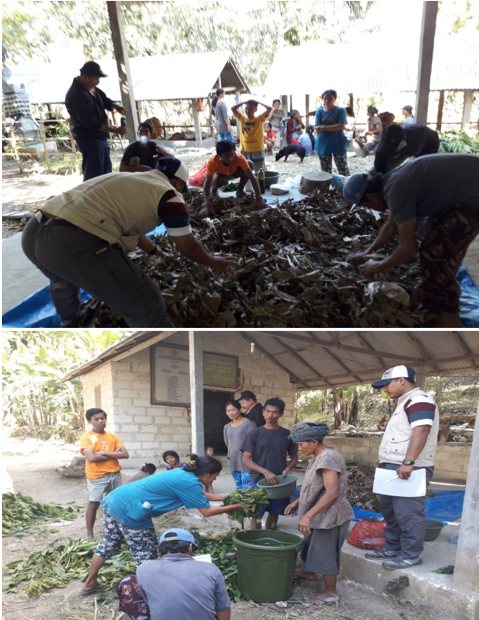
Photo 19.
In making dry or wet animal feed, experts from the Agricultural Technology Assessment Center (BPTP), namely Drh. I Putu Agus Kertawirawan. Next, material is provided regarding the formulation of animal feed mixtures and things that must be considered in successfully making dry or wet animal feed. This activity was attended by 20 male participants and 15 female participants (July 2019). Photo 17 Training in Banjar Anyar, Photo 18 in Pulagan Hamlet, Photo 19 in Jurangaya.
Objective 9
Delivery of tools for making animal feed

Photo 21.
Delivery of equipment for making animal feed in the form of dryers and tarpaulins. Each assisted breeder each received 1 tarpaulin and 1 drim and also fermenter materials (July 2019).
Objective 10
Dry Feed Trial

Photo 22.
The dry and wet feed trial activity is a continuation of activities to test fermented feed that can be consumed by livestock and condition cows so they are accustomed to consuming dry feed. In this trial activity, dry animal feed was used which had been made by each farmer. In the trial activity, expert staff from BPTP, namely Anak Agung Ngurah Badung Sarmuda Dinata, were also present. In this activity, dry feed fermentation results were examined, fermentation results evaluated, livestock pen observations, dry feed trials on cattle, and cow health checks. The activity was attended by 18 men and 3 women. (July 2019).
Objective 11
Pilot comparative study of livestock and silvopastoral management

Photo 23.
This activity is a visit to places that can motivate farmers to open up their knowledge about animal feed and business management. This activity was carried out for two days. On the first day, activities for introducing and motivating entrepreneurship were carried out by Mr. Mupu, and health and development of Nusa cattle by Dr. Komang Trioka. On the second day a survey was carried out at silvopastoral places. The activity was attended by 22 breeders (August 2019).
Objective 12
Sustainable animal feed assistance

Photo 24.
This mentoring activity is a follow-up activity to see the development of the sustainability of the dry animal feed manufacturing program (August 2019).
Objective 13
Farmer Land Measurements
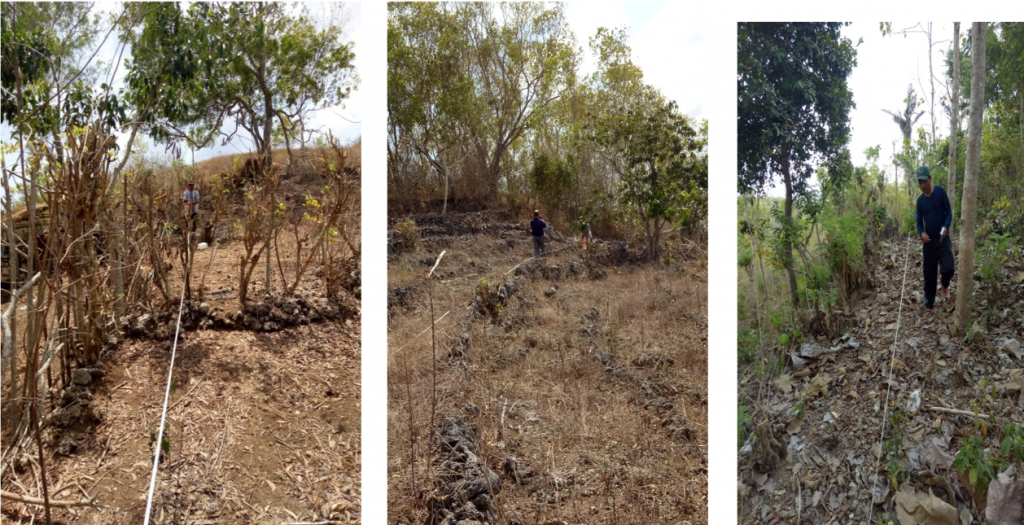
Photo 26.
Measurements of livestock land that will be used as silvopastoral land are carried out for all assisted breeders. The total amount of land available is 51 Ha (September 2019).
Objective 15
Construction of Learning Center (Simple House)

Photo 27.
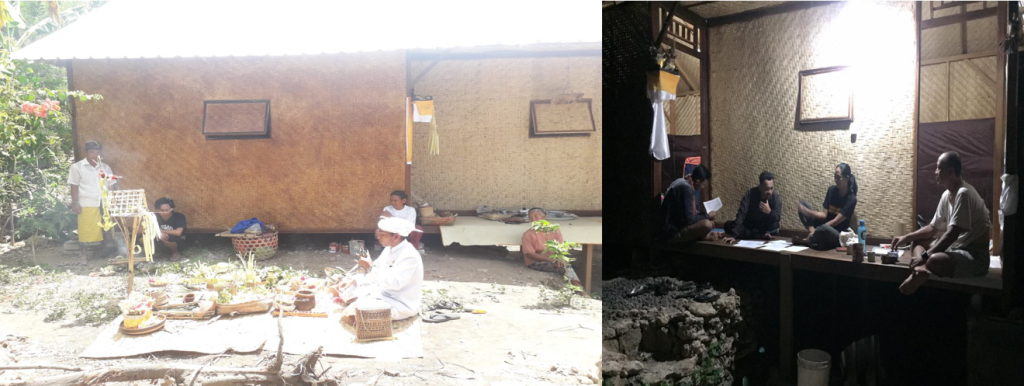
Photo 28.
The construction of the learning center began with the construction of a simple house (Photo 27) and was completed in January 2020, and has been used as a place for discussions (Photo 28).
Objective 16
Construction of Learning Center (Round House)
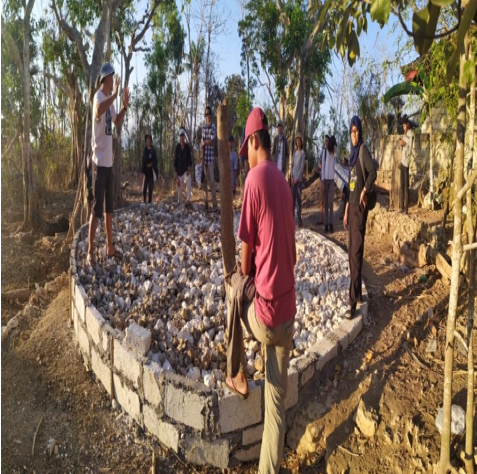
Photo 29.
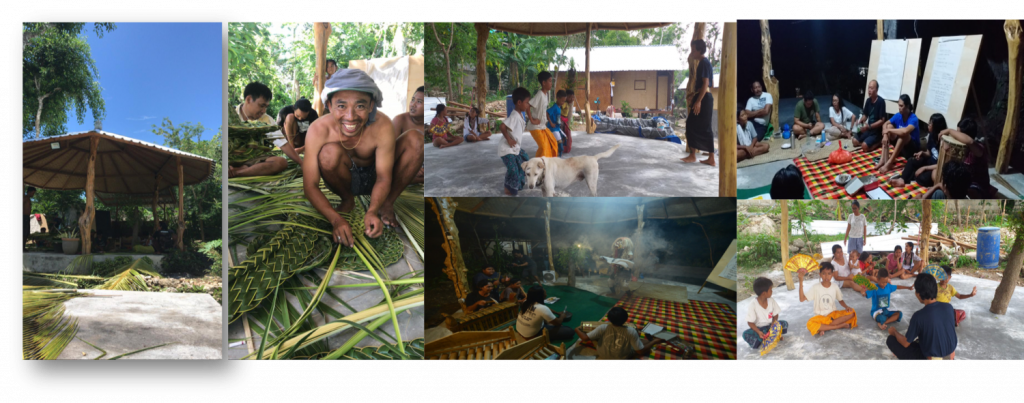
Photo 30.
The construction of the round house was carried out in September 2019 (Photo 29) and completed in January 2020, and has been used for arts and culture training and meetings (Photo 30).
Objective 17
Construction of Learning Center (Biogas)

Photo 31.
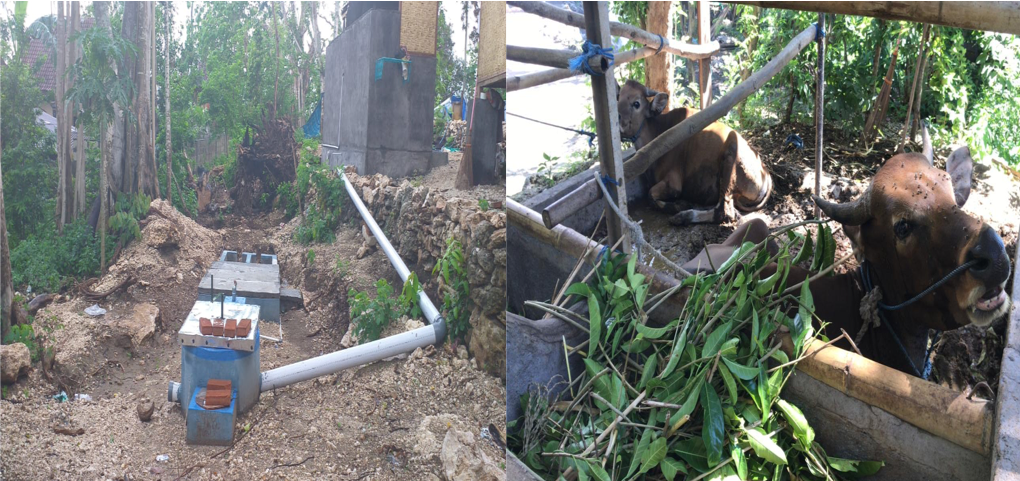
Photo 32.
The creation of the biogas installation was carried out by dredging the soil (Photo 31) and installing the installation and cow pen (Photo 32) (November – December 2019).
Objective 18
Construction of Learning Center (Toilets)

Photo 33.
Construction of a toilet that will be integrated into the biogas installation (November 2019).
Objective 19
Construction of Learning Center (Kitchen)
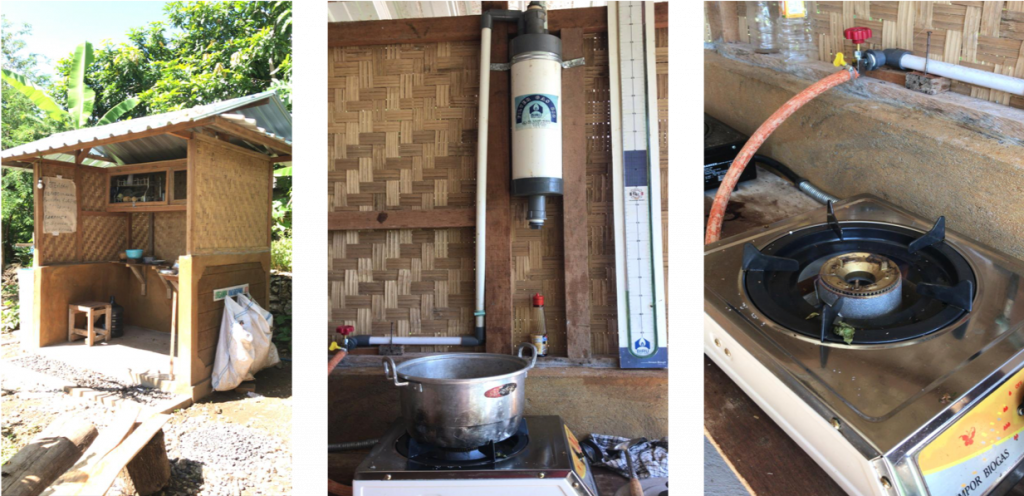
Photo 34.
Construction of a kitchen that will be integrated into the biogas installation (December 2019).
Objective 20
Training in breeding, sowing and planting animal feed
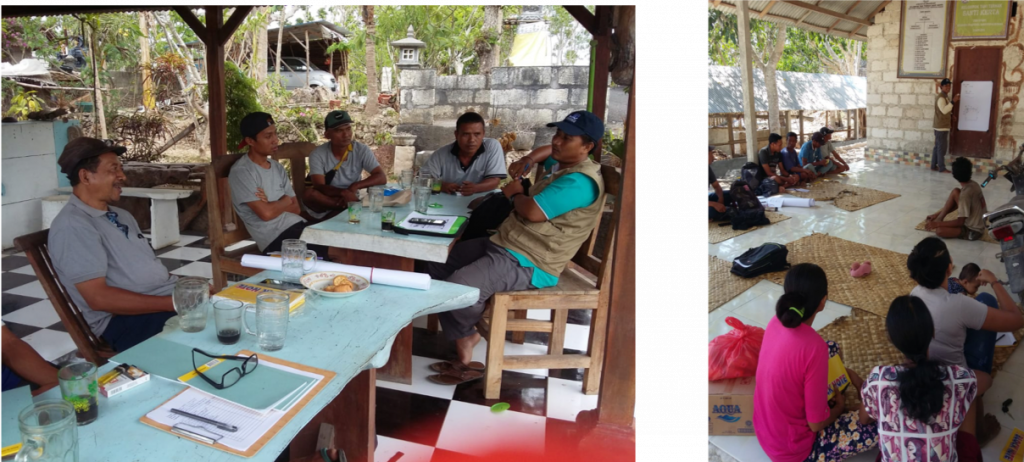
Photo 35.
This activity is carried out at the location where the assisted breeder community carries out activities. The training was given by BPTP staff, namely Drh. Agus. Training activities include preparing land for seeds, planting techniques, maintenance techniques, and harvesting food, so that it can be sustainable. This activity was attended by 24 people (December 2019).
Objective 22
Organizational management training

Photo 37.
This activity is a coaching activity carried out by the Wisnu Foundation for the development of the Taksu Tridatu foundation. In this activity, training is given in preparing a vision and mission, SWOT analysis, planning work programs and those working on the program. This activity was carried out for 3 days at Umah Melajah Bukit Keker, Taksu Foundation, attended by 20 people (January 2020).
Objective 23
Labeling the cattle Kadasan
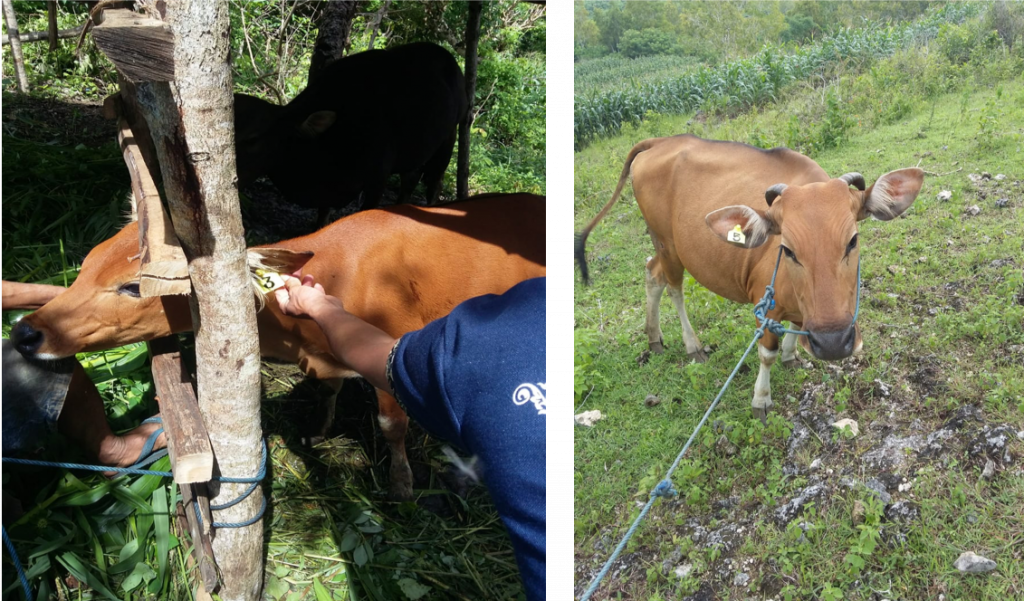
Photo 38.
The cattle kadas system was given to 16 farmers and labels were given to the cattle (March 2020).
Results of Planting Seeds on Farmers' Land
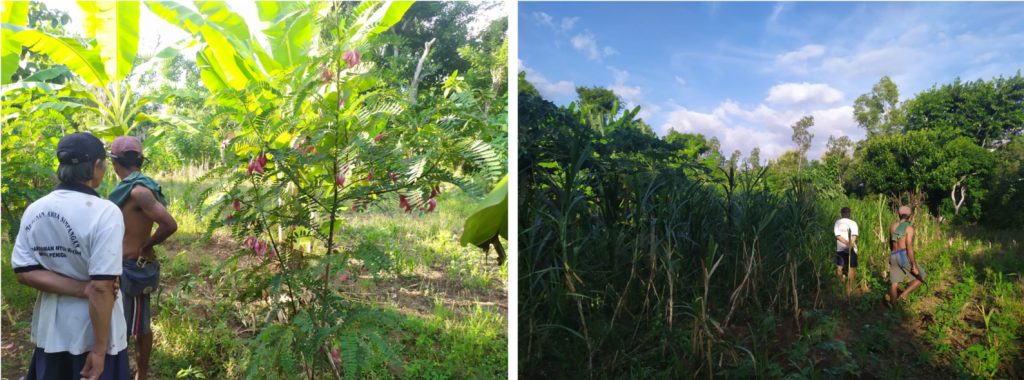
Photo 39.
Results of planting seeds on each assisted breeder's land. The total number of living plants is 9,371 plants. If there are plant seeds that have grown well, these will become animal feed reserves and can be sown in the next rainy season (March 2020).
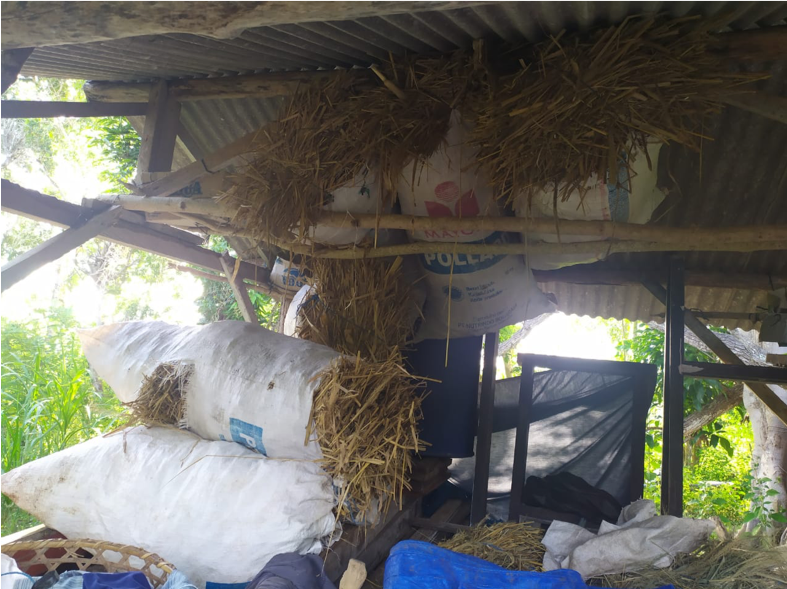
Photo 40. Storage of feed stocks. With training in making animal feed that has been carried out, breeders have been trained and accustomed to collecting animal feed for feed stock in the dry season. Feed stocks are stored in sacks which will later be fermented (March 2020).
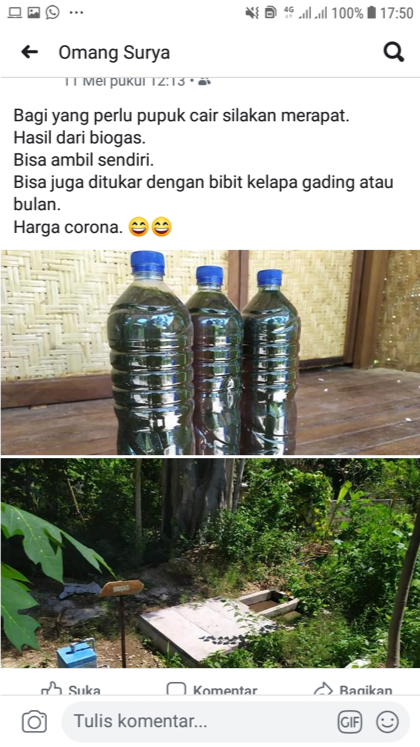
Photo 41. Sales of fertilizer resulting from biogas installations. Apart from producing gas, biogas also produces marketable fertilizer (May 2020).
Impact of Activities
- The livestock community has more available animal feed ingredients than before, which comes from seedlings that have been planted and also collect feed during the rainy season to become feed stocks.
- The livestock community can make herbal animal feed and natural insecticides from local ingredients.
- The livestock community can use dry food to become animal feed stock.
- The livestock community inspires other breeders in farming techniques using wet and dry animal feed and silvopastoral systems.
- The learning center provides benefits to children as a place to practice arts and culture and get to know alternative energy and environmental management, such as waste processing, organic planting, for example sorghum.
- The livestock community can save money on purchasing animal feed in the dry season.
- Providing a cattle breeding system motivates farmers to become enthusiastic about raising livestock.
- The biogas installation system has produced biogas and solid and liquid fertilizer which have economic value.
Best Experience
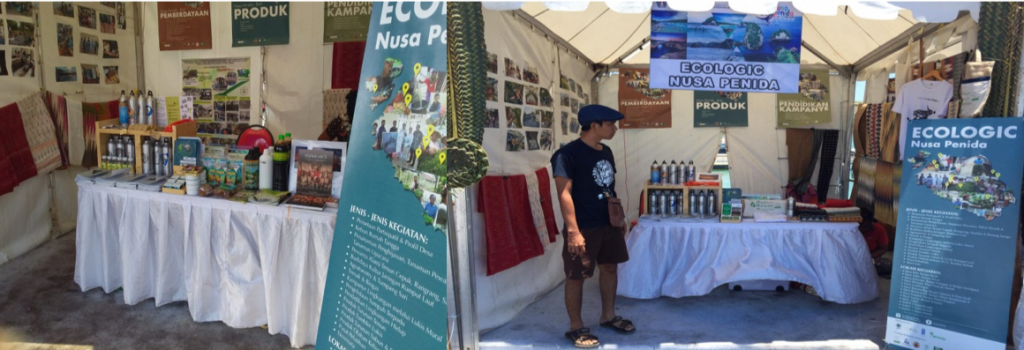
Photo 42: Exhibition stand regarding the manufacture of wet and dry animal feed together with the foundation that is part of Ecologic Nusa Penida.
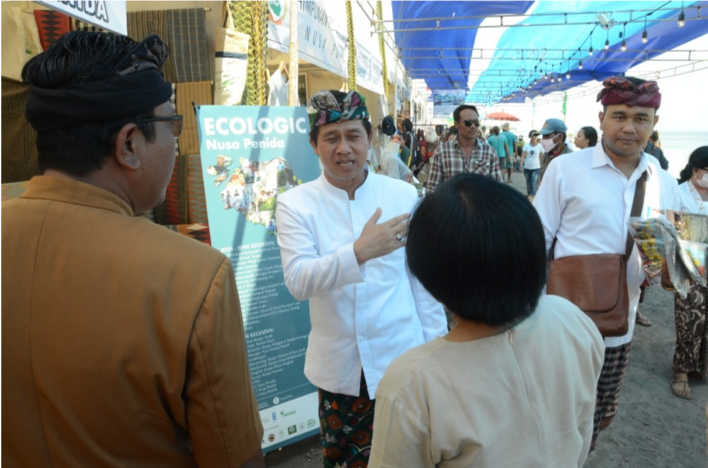
Photo 43: Visit of Klungkung Regent I Nyoman Suwirta so that the program is known to the government.
Program Sustainability
- Assistance in making animal feed and animal health in the cattle system.
- Construction of a learning center so that it becomes a representative place as a form of Ecologic Nusa Penida that has an environmental, arts and culture perspective.
- Making the Learning Center a center for learning about Nusa Penida so that it becomes a place for comparative studies or tourist visits (Tour Packages) and other activities.
- Distributing brochures on making dry and wet animal feed.
- Becomes a showcase for activities carried out by foundations in Ecologic Nusa Penida.
Media Publication
Nusa Penida Media, May 17, 2020
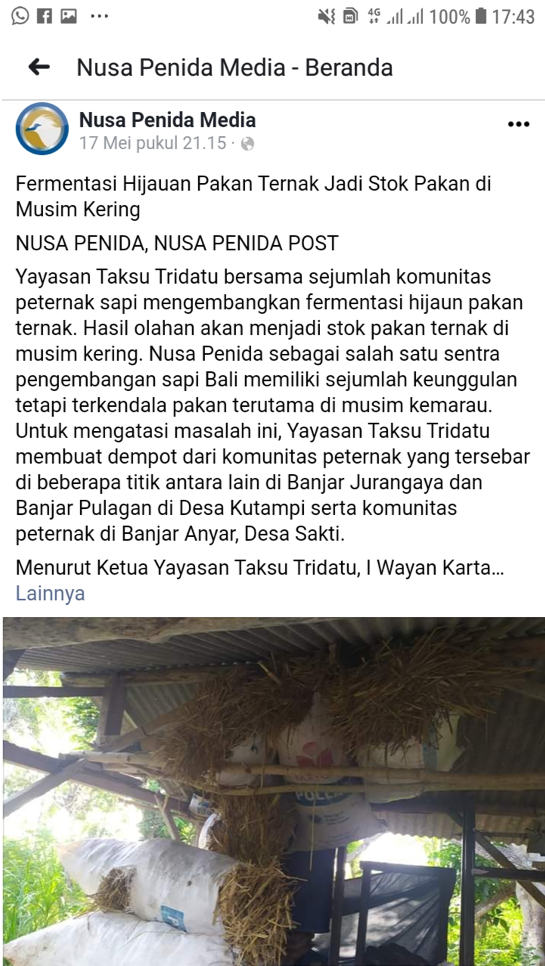
Nusa Penida Media, May 12, 2020
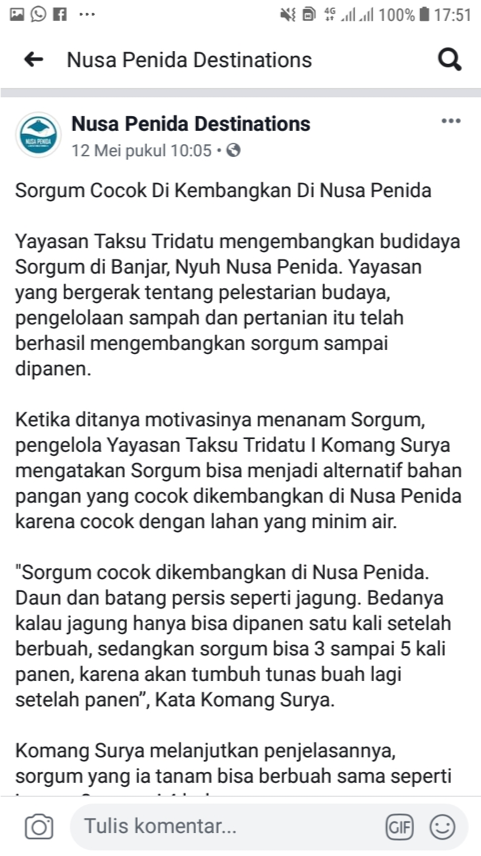
Balebengong.id,
April 2, 2020
